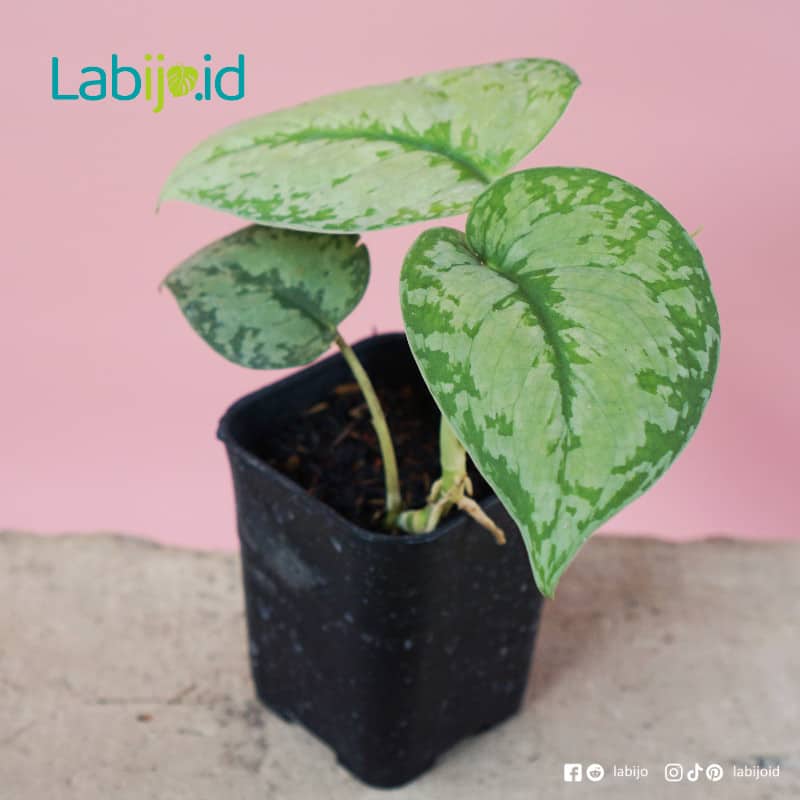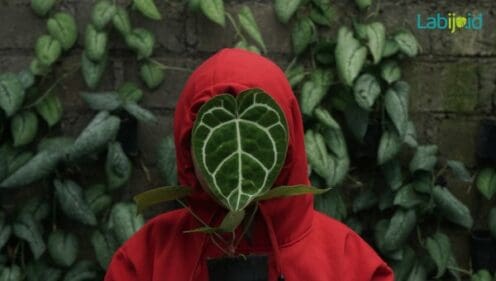Variegated indoor plants are trending. The snowball is bigger and bigger for the last three years. Most people want variegated plants since they are unique and pretty.
Variegated words originally from Latin which mean made of various sorts of colors.. As the community plant is getting bigger, the Variegation term could be used in any plants that have multiple colors.
Variegata plant comes in any variant and could happen in any foliage plants. Understanding how to take care of them would be good for their varieties since most of the Variegata plant is rare.
Most of the variegated plants identified by white splashed or some white blots on their green foliage but actually variegated more than that. Here are some various variegated that usually common among houseplant.
Chimeral Variegation
Chimeral variegation is one of the popular types of variegation. Chimeral variegation is possible when they have mutation genes. It means that some tissue can’t produce chlorophyll on the surface. It caused some spots of foliage to turn white or yellowish color instead of green. Chimera variegation can find on monstera.
Variegated monstera has two types of forms that widely known. First is ‘Albo-Variegata,’ which has white blots on the leaves or sometimes with half or whole white leaves. The other one is ‘Thai Constellation’ which looks like creamy-yellow variegation with a smaller splash or on the foliages.
Chimeral variegation is unpredictable, they could be any spots around the plants. Common to see chimera variegation in Monstera. Some plants could be variegated in a splash on foliage, some can be random blots. The splashes or blots could be white or yellowish in color. Some monstera could be perfectly divided into two-color symmetrically, white and green in one foliage.
Chimeral variegation could be stable and unstable. The stability depends on some factors such as the mother plants and the maintenance. Some variegation could be fade away and turns into green like normal monstera.
As mentioned above, the chimera variegation doesn’t have as much chlorophyll as normal plants. It means they could lack food during their photosynthesis process. In long term, they possibly less resilient and can’t survive.
Another reason why chimera variegation is rare because their propagation is limited. Their propagation could be the same as their regular specimen but the result is unstable. When the mother plant is variegated beautifully, the new plants could be lost their variegated after the second leaf grows.
No wonder plants with chimeral variegation more attractive, right?
Pattern-Gene Variegation
Some variegation also named pigmented or known as natural variegation. They don’t have gene mutation but naturally patterned. This variegation will be stable from propagation to propagation.
Calathea Makoyana is one of the Pattern-gene variegation. They are native to eastern Brazilia. With a strong ellipse, darker green surrounded by white brush patterns in each foliage makes them pretty. On the flip side, they have the same pattern with violet marks.
Nowadays some growers also try to make more patterns with a hybrid, combining the two different organisms such as variety, breed, or species with reproduction.
Blister or Reflective Variegation
Another type of variegation commonly seen called blister variegation or reflective variegation. It named since they have a transparent pocket between unpigmented upper layers and the pigmented layer of the plants that you can see thoroughly when it gets the sun.
The blister variegation can be looked at as Scindapsus Pictus or known as Satin pothos. Their dot white all over the foliage is the variegation. This variegation is stable and always there for the new plants.
The reflective variegation can be found when it appears on the veins of leaves. This variegation is easily spotted in aroid plants such as alocasia, anthurium, and philodendron. On a closer look, we will see the blister/reflective variegation on the Philodendron Gloriosum’s leaf veins.
Rare plants with variegation are always had a special place in our home. They could make our home more aesthetic and more special.
Looking for a variegated plant? You can find it here

